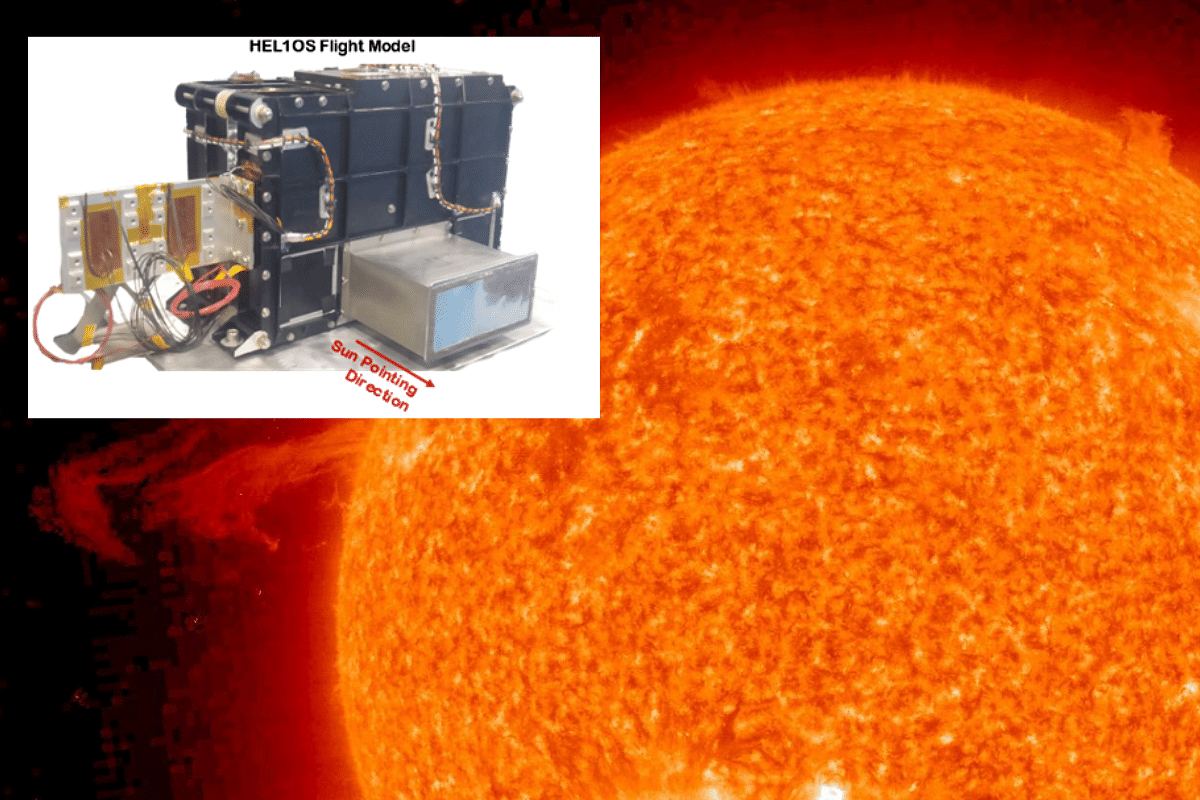Science
Aditya-L1: Hard X-Ray Spectrometer On Board Captures 'First High-Energy X-Ray Glimpse Of Solar Flares'

HEL1OS is short for High Energy L1 Orbiting X-ray Spectrometer.
The Indian Space Research Organisation (ISRO) on Tuesday (7 November) reported findings from one of the seven scientific instruments on board Aditya-L1.
Aditya-L1 is India's first-ever solar probe. It is currently headed towards its destination in space, called the Lagrange point 1 (L1), from where it will continually watch the Sun and send back data to improve our understanding of the star that powers us all.
HEL1OS, short for High Energy L1 Orbiting X-ray Spectrometer, is the hard X-ray spectrometer on Aditya-L1. It is designed to operate in the wide X-ray energy band of 10-150 keV.
ISRO revealed today that HEL1OS has captured its first high-energy X-ray glimpse of solar flares.
A solar flare is a sudden brightening of the solar atmosphere, associated with explosive energy release over a span of tens of minutes.
The instrument "recorded the impulsive phase of solar flares" on 29 October "during its first observation period from approximately 12:00 to 22:00 UT," ISRO said.
"UT" — more accurately UTC, for Coordinated Universal Time — is a standard used to set all time zones around the world. UT and the India time "IST" are five and a half hours apart.
"The recorded data is consistent with the X-ray light curves provided by NOAA's GOES," ISRO said in an X post.
HEL1OS was developed by the Space Astronomy Group of the U R Rao Satellite Centre, ISRO, Bengaluru.
It was commissioned on 27 October, two days before it made the observation now shared by ISRO, and has been monitoring the Sun for hard X-ray activities ever since.
The instrument is currently undergoing "fine-tuning of thresholds and calibration operations," according to the Indian space agency.
HEL1OS is tasked with monitoring the Sun's high-energy X-ray activity with fast timing and high-resolution spectra.
The data from the instrument, says ISRO, "enables researchers to study explosive energy release and electron acceleration during impulsive phases of solar flares."
It is but one of seven indigenous payloads constituting Aditya-L1, a probe dedicated to the comprehensive study of the Sun.
Aditya-L1 is currently executing its long-distance commute of 15 lakh kilometres, about 1 per cent of the Earth-Sun distance, before it can begin its work in full capacity.
Support Swarajya's 50 Ground Reports Project & Sponsor A Story
Every general election Swarajya does a 50 ground reports project.
Aimed only at serious readers and those who appreciate the nuances of political undercurrents, the project provides a sense of India's electoral landscape. As you know, these reports are produced after considerable investment of travel, time and effort on the ground.
This time too we've kicked off the project in style and have covered over 30 constituencies already. If you're someone who appreciates such work and have enjoyed our coverage please consider sponsoring a ground report for just Rs 2999 to Rs 19,999 - it goes a long way in helping us produce more quality reportage.
You can also back this project by becoming a subscriber for as little as Rs 999 - so do click on this links and choose a plan that suits you and back us.
Click below to contribute.
Latest